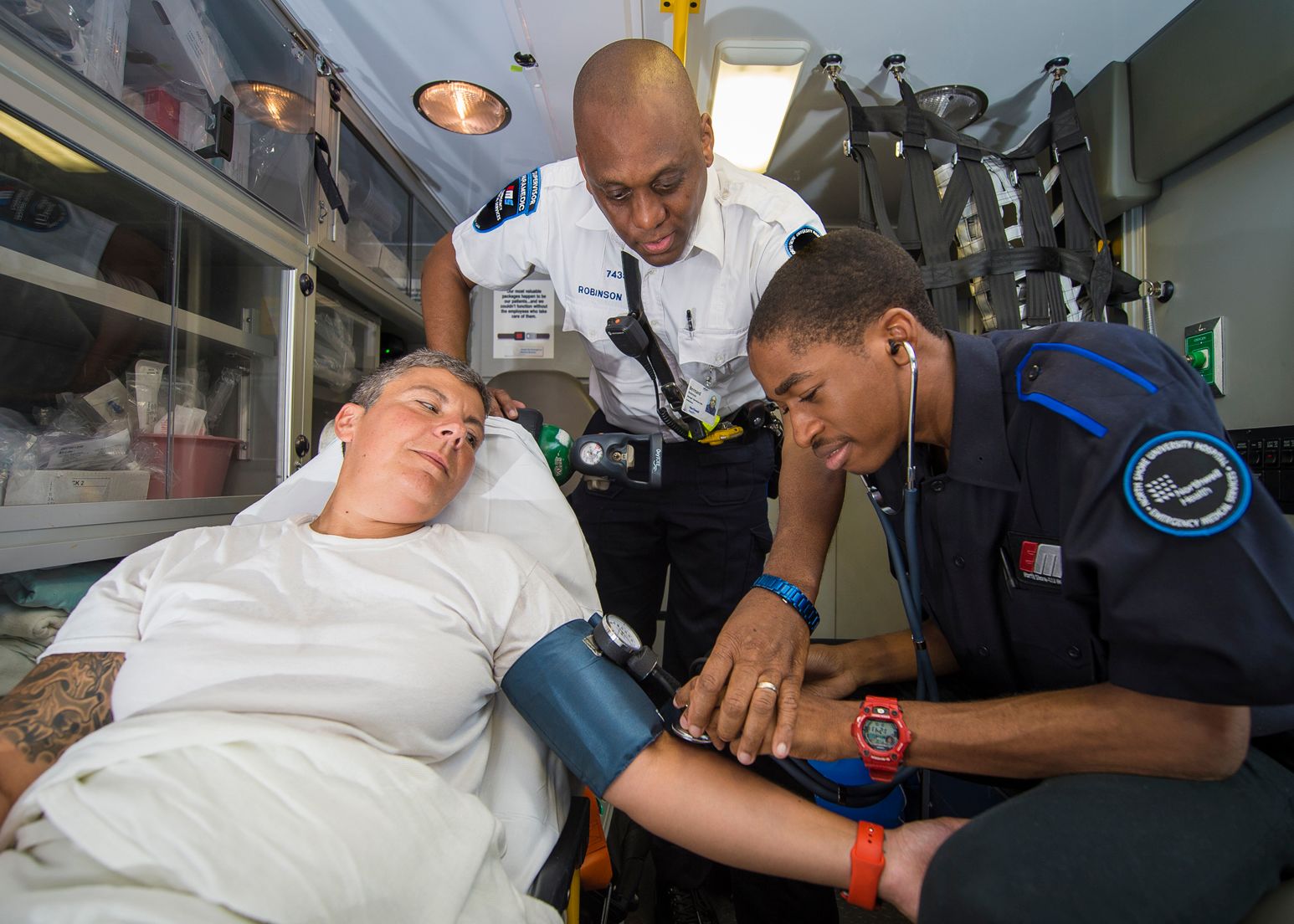The world of emergency medical care (EMS) is an important and valuable profession, offering a rewarding job that is focused on making a difference in lives and providing crucial health care. It’s a field that is incredibly lucrative and has there is a huge demand for skilled professionals. In this article, we’ll guide you through the steps to become an EMT and paramedic, exploring the various training options available, including DSHS approved EMS training course.

Understanding the role of EMTs & Paramedics
Emergency Medical Technicians (EMTs) and paramedics are first responders who offer immediate medical assistance in the event of an emergency. They are specially trained to assess and provide treatment to patients, and transport them to medical facilities to receive additional treatment. Paramedics, EMTs and other medical professionals play an essential part in stabilizing patients in critical situations taking quick choices, and providing caring care to those suffering from distress.
Step 1: Becoming an EMT:
To be an EMT To become an EMT, you must successfully complete the required education and training that may differ depending on the level of certification you aspire to achieve. There are three different degrees of EMT certification.
1. EMT Basic (EMT B) The EMT Basic certification is an entry-level certificate that will require between 100 and 150 hours of instruction. EMT-Bs are certified to provide basic medical services such as CPR, bleeding control and airway management.
2. EMT-Intermediate (EMT-I) EMT-I needs an additional level of training and may vary from state to state. This level may be combined with EMT B in some states however it can also require 200-400 hours of training. It also includes the use of intravenous treatments and expanded medical knowledge.
3. EMT-Paramedic (EMT-P) EMT-P: The top grade of EMT certification, EMT, is the most advanced level of training and typically between 1,000 and 1,800 hours. Paramedics are skilled in advanced medical procedures, such as the administration of medications in the form of EKGs, interpretation of EKGs, as well as advanced airway management.
Step 2: Pursuing Paramedic Certification:
If you want to be paramedics, you need to first attain the EMT B or EMT-I level, and then obtain some hands-on training. You can then enroll in the paramedic program which takes between two and one year. In the course, you’ll be exposed to the most advanced medical topics. In addition, you’ll acquire the skills and knowledge required to handle critical scenarios.
Step 3. Looking into EMT Training Options:
You can choose from a wide range of EMT classes, based on your certification level. Community medical trade schools and colleges usually offer EMT training for all certification levels. The programs provide a mix of classes, hands-on instruction and hands-on training in both field and clinical locations.
Colleges and universities offer EMT programs at the EMT/Paramedic Level in case you’re seeking an in-depth, thorough EMT training that leads to an undergraduate degree. These programs provide a more thorough understanding of emergency medical services and give an understanding of medical decisions and patient care.
Step 4: Ensure that the DSHS has approved EMS training
It is essential for anyone who wants to become EMTs or paramedics to be sure that the course they decide to pursue has been endorsed by DSHS. The Department of State Health Services has the authority to approve EMS courses to ensure that they adhere to the highest standards for competency and training. When you enroll in a DSHS accredited EMS training course, you can be at ease knowing that you’ll receive top-notch instruction and meeting the necessary requirements for certification.
A career as an EMT or paramedic could be highly rewarding and respected. As first emergency responders, EMTs and paramedics play an essential role in helping save lives and provide prompt medical treatment in emergency situations. In order to embark on this life-saving mission, EMTs and Paramedics are required to complete the necessary education and training. Based on the level of certification desired, individuals can choose from a variety of EMT training options, including community colleges, medical trade schools, as well as universities.
It is essential to think about the various training options available to you and make sure the EMS training you select is approved by the DSHS. It is safe to know that the instruction you receive will be in line with the requirements to get EMT or paramedic certification.
As the demand for qualified emergency medical professionals continues to rise, entering the field of EMS is a great way to get a job and the chance to make an enormous impact on the lives of those around you. It doesn’t matter if you begin as an EMT-Basic or aspire to become a paramedic your dedication to providing essential care will be rewarded with the satisfaction of a rewarding and purpose-driven career in emergency medical services.